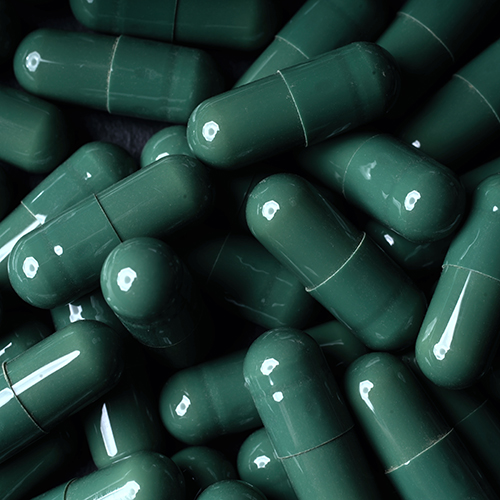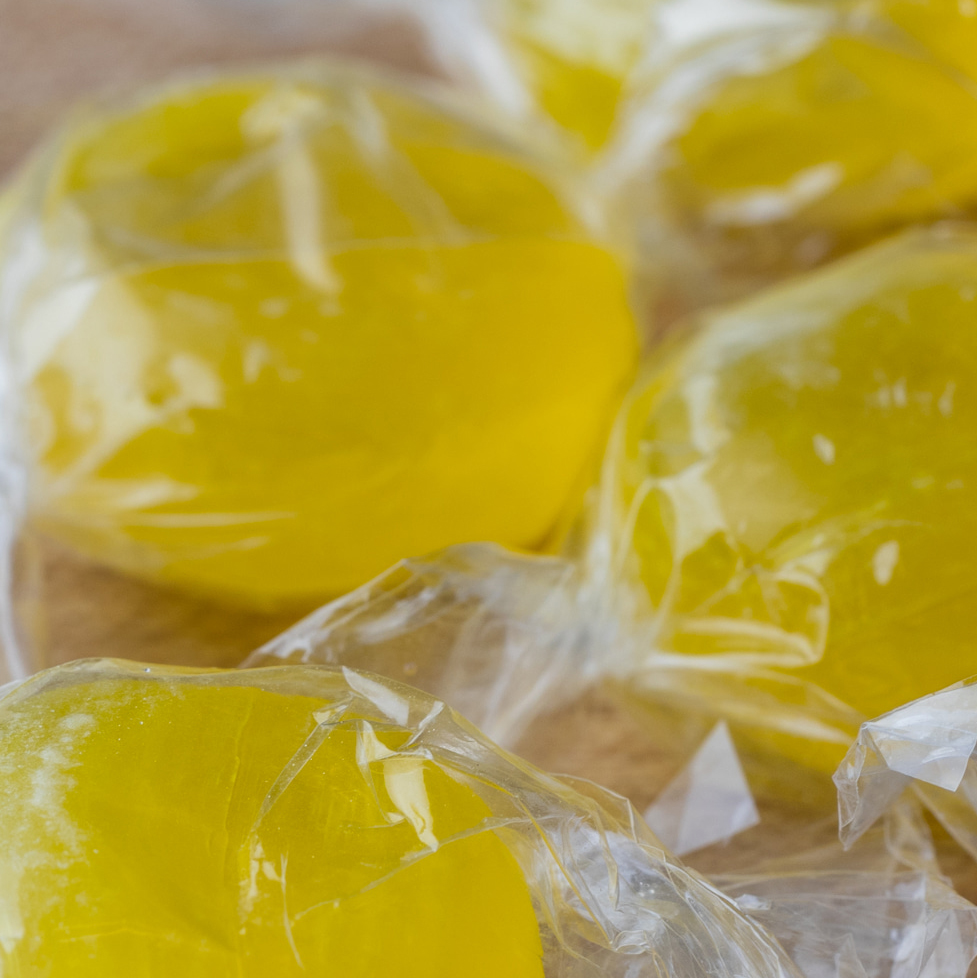There are a wide range of natural colours for vitamins and supplements. Gummy vitamins and lozenges typically have high acidity and low moisture, making them ideal applications for natural colours. Softgels or gelcaps, on the other hand require very heat stable colours due to the extended heat time during production. Colours like carmine, annatto, paprika, beta- carotene, turmeric, caramel, or copper chlorophyllin, where permitted, are great options.
For panned or coated tablets, there are many options available because the coating liquid is not heated to high temperatures. The typical process is to spray the colour along with a polymer, plasticiser, and solvent.
For pressed tablets and dry mix beverages, powders are generally used. Low concentration colours are generally preferred over higher concentration powders since they have vibrant surface shades. If varying particle sizes in the dry mix prevent even distribution of powdered colours, liquid colours can be sprayed onto the dry powder during wet granulation, evenly coating the entire mix.



Looking for more information on how to apply natural colours to your application? Check out this article on our learning center for the top 5 considerations when using natural colours for vitamins and supplements. And while natural colours are great additions to vitamins and supplements, it’s important to remember that they generally don’t contribute nutritional value to the end application.

